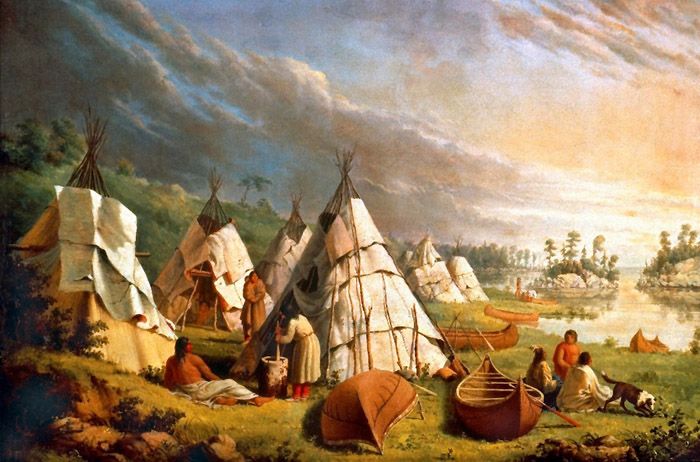

The Center will be located in the architecturally and historically significant McKee House, a two-story, limestone-brick facility that will be restored and repurposed. The Center at Churchill Woods will house a Native American museum and a library as well as education and meeting rooms. The grounds will feature public gardens and a traditional longhouse.
Home to Babcock Grove and the Churchill Prairie Nature Preserve, the site is surrounded by a native hardwood forest populated with trees that are more than 150 years old. The highly visible location on St. Charles Road in Glen Ellyn is easily accessible via Route 64 (North Avenue) and I-355 and features plentiful parking.

A community of about 500 Potawatomi Indians lived in present-day Churchill Woods as they waited for the U.S. government to send them west of the Mississippi River, as mandated by the 1833 Treaty of Chicago. The treaty provided for the United States’ acquisition and settlement of the last remaining American Indian land in Illinois, including land that would eventually become DuPage County.
In 1834, Winslow and Mercy Churchill settled on the western edge of today’s Churchill Woods after leaving Syracuse, N.Y. in search of rich farmland after their own farm was purchased for the Erie Canal. The Churchills became prosperous farmers who earned a prominent reputation among the citizens of developing Glen Ellyn and Lombard as well as Milton Township, which they helped to establish. Their combined claims stretched from present-day Route 53 on the east, North Avenue on the north, Main Street in Glen Ellyn on the west and Crescent Boulevard on the south — all bought for $1.25 an acre.
Babcock Grove is named for brothers Ralph and Morgan Babcock, two of the county’s first settlers of European descent. Some of the grove’s white oaks date back to the 1830s, a time when settlers left seedlings untouched as they logged mature oaks for new plank roads (some say Deacon Winslow Churchill complained about the noise from the horse-drawn traffic that clattered over the planks on St. Charles Road keeping him awake at night).
The Forest Preserve District acquired the first portion of Churchill Woods from Eliza Churchill in 1935. Its final significant acquisition, which included the 65-acre prairie on the north side of St. Charles Road, was in 1969.
I took a walk in the woods and came out taller than the trees...
- Henry David Thoreau
